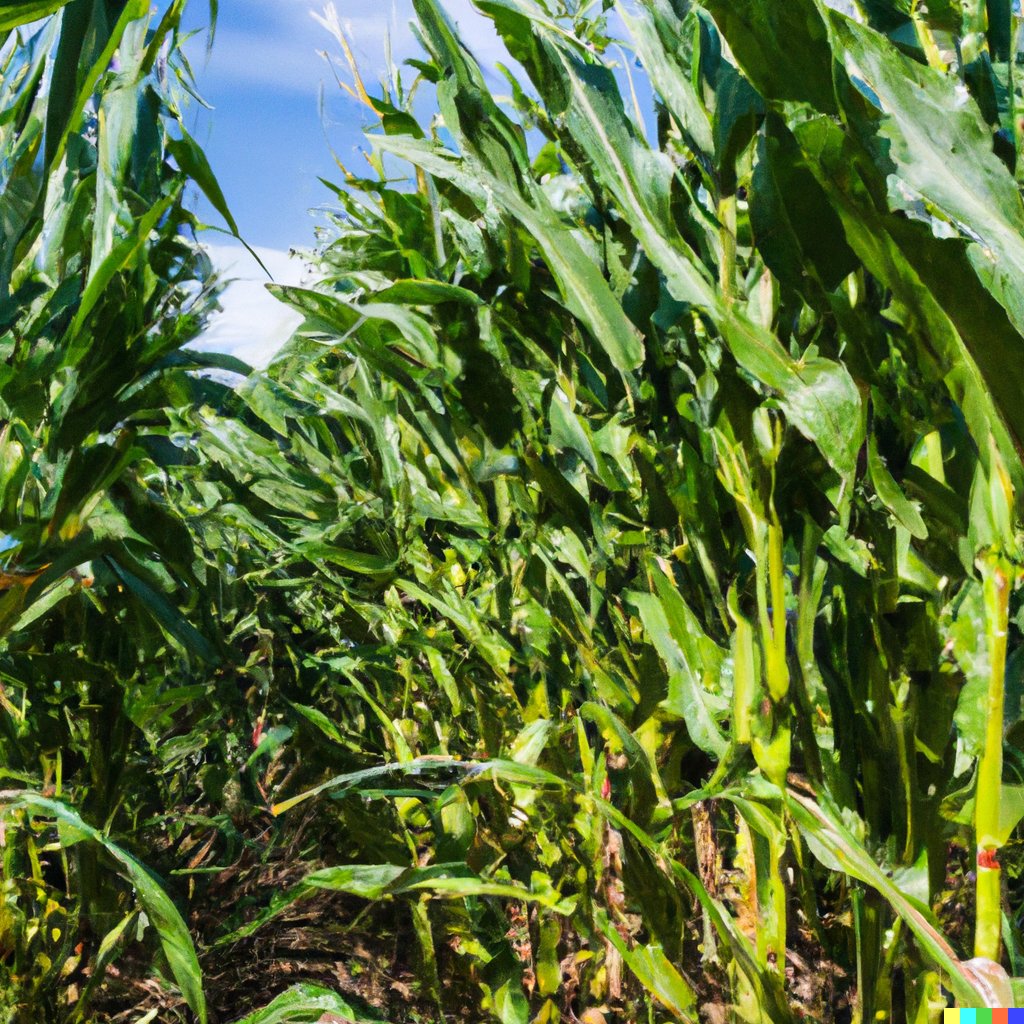
Today's rate of desertification is a staggering 30 to 35 times higher than in the past, posing a severe threat to global ecosystems and human livelihoods. Desertification refers to the process by which fertile land transforms into arid, unproductive desert-like terrain, primarily due to human activities and climatic factors.
1. The Alarming Pace of Desertification
The current rate of desertification is a cause for grave concern, as it far surpasses historical rates. The accelerated degradation of fertile land into arid landscapes is a pressing environmental issue that demands immediate attention.
2. Causes of Desertification
Human activities are major contributors to desertification. Deforestation, overgrazing, and improper agricultural practices strip the land of its natural vegetation cover, leaving it vulnerable to erosion and degradation. Additionally, climate change exacerbates the problem by altering rainfall patterns, intensifying droughts, and increasing global temperatures, further accelerating land degradation.
Consequences of Desertification
The consequences of desertification are far-reaching and impact both the environment and human populations.
1. Environmental Impact
As fertile ecosystems turn into barren wastelands, biodiversity loss becomes a critical concern. Countless plant and animal species face threats to their survival as their habitats transform into inhospitable environments. Moreover, desertification contributes to the release of greenhouse gases, further fueling climate change and its associated impacts.
2. Impact on Human Livelihoods
Communities that rely on agriculture and natural resources for their livelihoods bear the brunt of desertification's effects. Crop failures, water scarcity, and migration due to land degradation can lead to social unrest and economic instability, posing significant challenges to the well-being of affected populations.
Combatting Desertification
Addressing desertification requires concerted efforts and sustainable solutions.
1. Sustainable Land Management Practices
To combat desertification, implementing sustainable land management practices is essential. Afforestation and reforestation initiatives can restore degraded areas, enhancing biodiversity and soil quality. Furthermore, adopting sustainable agriculture techniques like agroforestry and conservation farming helps preserve soil fertility and combat erosion.
2. Climate Change Mitigation
Mitigating climate change is crucial in slowing down the desertification process. Reducing greenhouse gas emissions through collective global action can help alleviate the impacts of climate change on already vulnerable lands.
Raising Awareness and Collective Action
Creating awareness and garnering collective action are integral to combat desertification effectively.
1. Importance of Awareness
Raising awareness about the importance of land conservation and sustainable resource management is key. Educating communities, policymakers, and stakeholders about the consequences of desertification fosters a sense of responsibility and urgency for change.
2. Global Efforts
Addressing desertification requires collaborative efforts on a global scale. By uniting nations and organizations in the pursuit of sustainable solutions, we can work together to protect fertile lands, preserve biodiversity, and secure a sustainable future for both the environment and humanity.
Frequently Asked Questions (FAQs) - Desertification: A Growing Threat
Q1: What is desertification, and why is it a growing concern?
A1: Desertification refers to the process by which fertile land turns into arid, unproductive desert-like terrain. The current rate of desertification is 30 to 35 times higher than in the past, making it a pressing environmental concern due to its severe impact on ecosystems and human livelihoods.
Q2: What are the main causes of desertification?
A2: Human activities, such as deforestation, overgrazing, and improper agricultural practices, significantly contribute to desertification. Climate change, with altered rainfall patterns and increased droughts, further accelerates land degradation.
Q3: How does desertification affect the environment?
A3: Desertification leads to biodiversity loss as once fertile ecosystems transform into barren wastelands. Additionally, it contributes to the release of greenhouse gases, exacerbating climate change.
Q4: How does desertification impact human communities?
A4: Desertification poses challenges to communities that rely on agriculture and natural resources for their livelihoods. Crop failures, water scarcity, and migration due to land degradation can lead to social unrest and economic instability.
Q5: What are some strategies to combat desertification?
A5: Sustainable land management practices, such as afforestation, reforestation, and sustainable agriculture techniques like agroforestry, are essential to combat desertification. Mitigating climate change through global efforts to reduce greenhouse gas emissions is also crucial.
Q6: How can individuals contribute to addressing desertification?
A6: Individuals can raise awareness about the importance of land conservation and sustainable resource management. Supporting and participating in reforestation and conservation efforts can also make a positive impact.
Q7: Why is global collaboration important in addressing desertification?
A7: Desertification is a global issue that requires collective action. By uniting nations and organizations in sustainable solutions, we can work together to protect fertile lands and preserve biodiversity.
Q8: What can governments do to combat desertification?
A8: Governments can implement policies that promote sustainable land management, support reforestation initiatives, and invest in climate change mitigation strategies to address desertification effectively.
Q9: Can desertification be reversed?
A9: While reversing desertification entirely may be challenging, implementing sustainable practices and addressing climate change can slow down the process and restore degraded lands to some extent.
Q10: What are the long-term implications of not addressing desertification?
A10: Failure to address desertification can lead to irreversible environmental damage, loss of biodiversity, and increasing challenges for communities dependent on agriculture and natural resources.
Conclusion
Desertification stands as a daunting and urgent global challenge, with its current rate being 30 to 35 times higher than in the past. The transformation of fertile land into arid wastelands poses a severe threat to both natural ecosystems and human well-being.
Human activities, such as deforestation, overgrazing, and unsustainable agricultural practices, play a significant role in exacerbating desertification. Coupled with the impacts of climate change, including altered rainfall patterns and intensified droughts, the process of land degradation is accelerated.
The consequences of desertification are far-reaching and multi-faceted. Biodiversity loss threatens the survival of countless plant and animal species, while the release of greenhouse gases further contributes to global climate change.
Communities reliant on agriculture and natural resources suffer the most from desertification's impact. Crop failures, water scarcity, and forced migration strain their livelihoods and socioeconomic stability.
Addressing desertification requires collaborative and sustainable efforts. Implementing practices like afforestation, reforestation, and sustainable agriculture helps restore degraded lands and preserve soil fertility. Mitigating climate change through global initiatives to reduce greenhouse gas emissions is crucial in slowing down the desertification process.
Raising awareness about the importance of land conservation and sustainable resource management is vital. Collective global action and collaboration between nations and organizations are fundamental in combatting desertification effectively.
While the task of reversing desertification entirely may be daunting, concerted efforts can still make a positive difference. By implementing sustainable solutions and addressing climate change, we can work towards preserving fertile lands, protecting biodiversity, and securing a sustainable future for both the environment and humanity.
The alarming rate of desertification is a pressing environmental challenge that demands immediate action. By adopting sustainable land management practices, mitigating climate change, raising awareness, and collaborating globally, we can work towards preserving fertile lands, protecting biodiversity, and ensuring a sustainable future for generations to come.

















